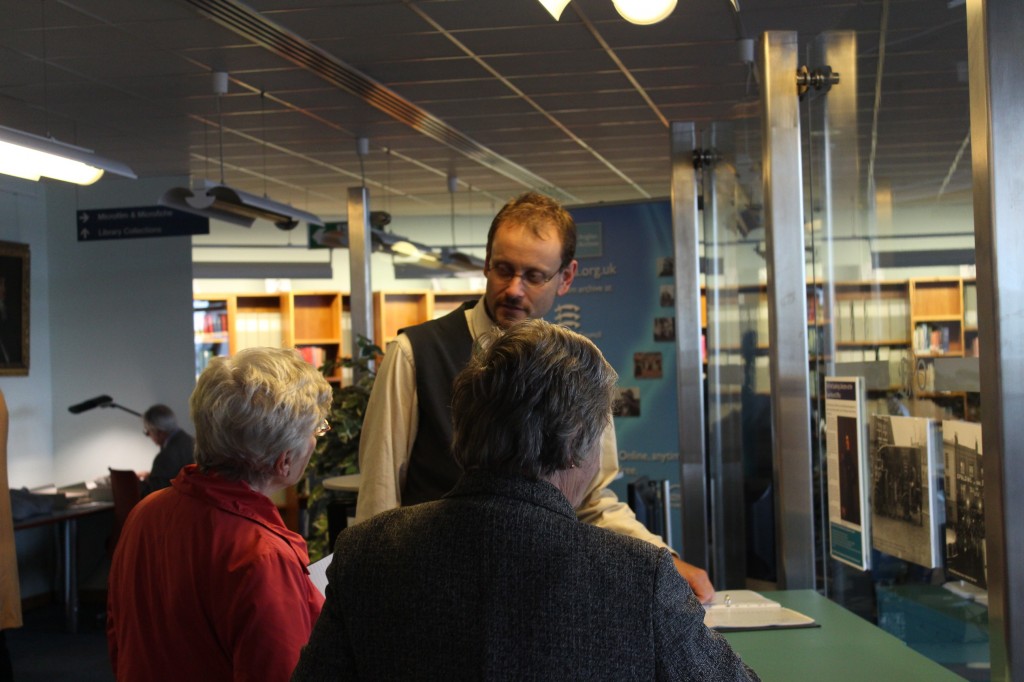Today is World Day for Audiovisual Heritage, organised by the International Association of Sound and Video Archives, and this year’s theme is “Saving Our Heritage for the Next Generation”. We thought that this was a good opportunity to dip into the Essex Sound and Video Archive as part of our favourite documents series.
As well as asking our users about their favourite documents from our collections, we have also been asking ourselves. Here, Sound Archivist Martin Astell tells us about one of his favourite recordings in the Essex Sound and Video Archive, an interview with Mrs Champion about the Canvey Island Floods of 1953 (SA 6/306/1).
Choosing a favourite item from the Essex Sound and Video Archive is difficult for me as I have heard and watched so many wonderful recordings of all kinds relating to Essex people and places. The archive holds numerous recordings which can be enjoyed for their entertainment value – beautiful music, amusing anecdotes, interesting documentaries, dramatic productions, and so on.
However, I have chosen one of our oral history interviews which, rather than being entertaining, is sobering, shocking and moving. It is an interview with Mrs Peggy Champion, recorded in 1978, in which she remembers her experiences during the floods which engulfed Canvey Island and other parts of Essex on the night of 31 January 1953.
In this interview – which lasts only 7 minutes – Mrs Champion (who, at the time of the floods was Mrs Peggy Morgan) tells the story calmly and without hyperbole of how she woke in the night to find sea water in the bedroom of her home on Canvey Island and how, during the course of that night, she witnessed the deaths of her husband, her mother-in-law, and her five-year-old son.
It has been said that listening to an oral history interview is the closest one can come to time travel since it involves real people from the past talking about real events as they were genuinely experienced, and the emotional impact of this one recording can perhaps tell us more about the experience of natural disaster than any number of statistics or written reports.
I believe that hearing this recording was one of the things which spurred Patricia Rennoldson Smith to gather testimony from other survivors of the 1953 floods for her book The 1953 Essex Flood Disaster: The People’s Story, and every time I hear it I am reminded of why it is so important that sound and video recordings are preserved and made available alongside the other records held in the Essex Record Office.








